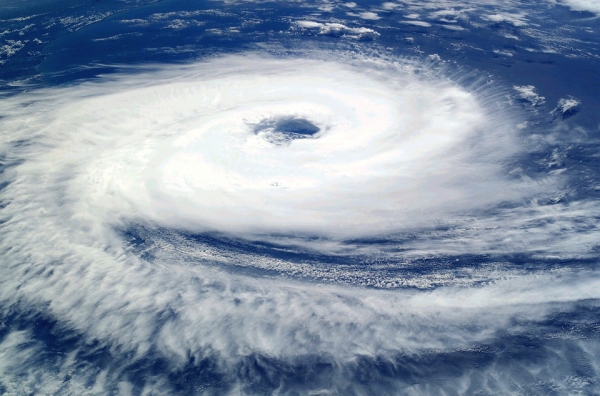

Stronger hurricanes reenergized by jet stream winds are more likely to cross the Atlantic and hit Europe according to new research!
Atlantic hurricanes get so much international attention because of the massive destruction they cause. The Atlantic hurricane season runs from June to November. The waters in the Atlantic are hot and this energizes hurricane development. The hurricanes which are known to spawn in the Atlantic are very powerful. Just days ago, Post-Tropical Cyclone Fiona, a Category 4 storm, impacted Canada! This storm was one of Canada’s strongest storms recorded. While lesser known, these storms could also wreck Europe even though there is less chance.
The question of why some of the ex-hurricanes make it to Europe and others don’t is unclear. The scientists investigated about 180 ex-hurricanes which occurred over a year period. The research showed that stronger hurricanes have a higher chance of reaching Europe. The strong jet stream winds also help hurricanes move further east which leads right to Europe.
The review, drove by the College of Perusing and the Public Place for Barometrical Science and distributed today (27 September) in the American Meteorological Society diary, Month to month Weather conditions Survey, makes sense of why ex-storms influence Europe, which is especially significant as hotter sea temperatures because of environmental change is supposed to make typhoons more grounded.
Let’s stop climate change!!
Author: Sri Nihal Tammana
Source: University of Reading
PC: WikiImages via Pixabay


© copyright 2022 by Recycle My Battery